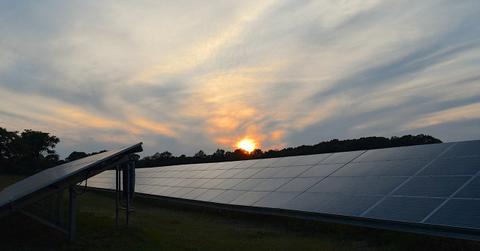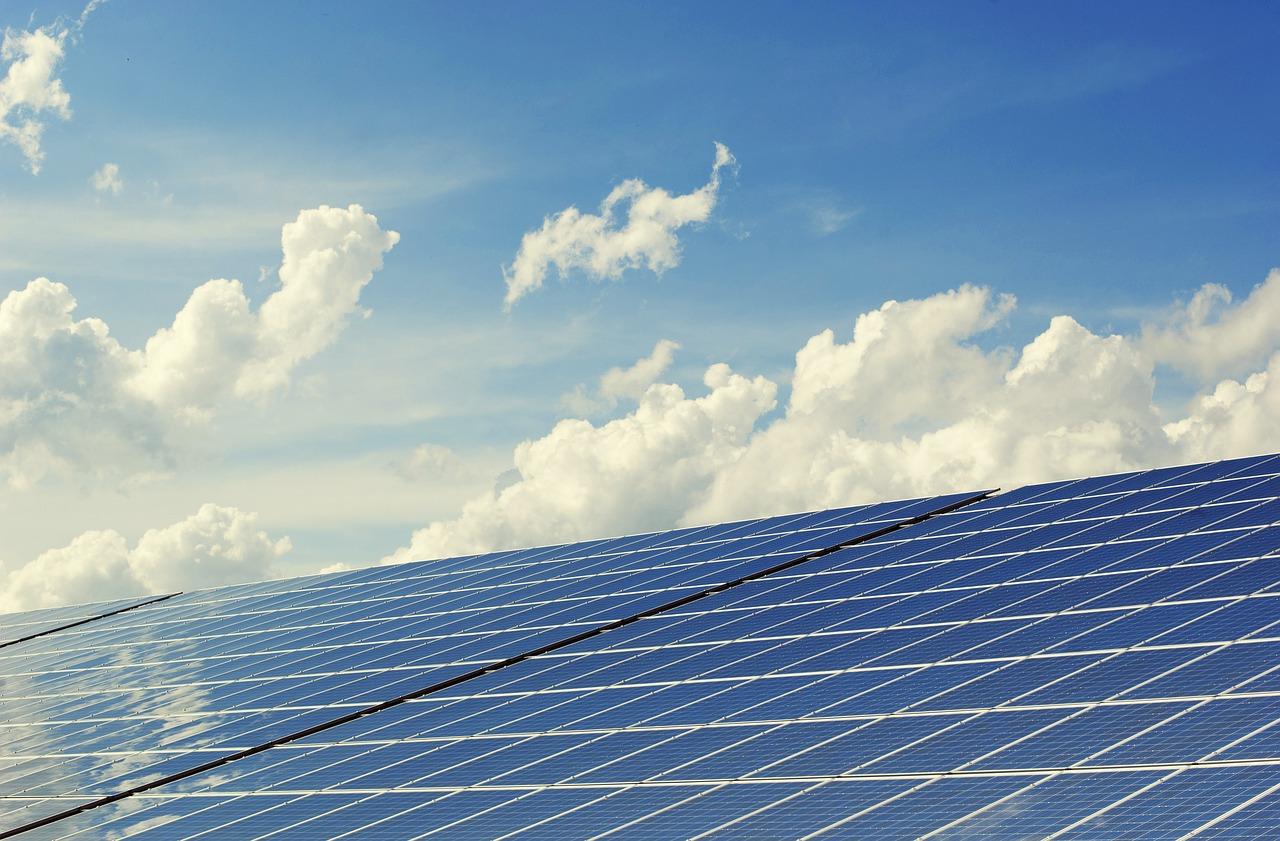Solar Technology Costs Tumble Further With China's Industry Shifts
China is slowing down local growth in the solar industry, which may not sound like progress, but the entire world benefits. Lower costs from Chinese manufacturers exporting their products will create higher rates of installation around the world.
Updated May 31 2019, 11:12 a.m. ET
Earlier this year, solar power costs were falling at a faster rate than experts predicted. Now, Bloomberg New Energy Finance (BNEF) predicts that they will decline by 34 percent by the end of the year. This is due to China’s regression in the solar industry, which would bring plenty of benefits for those around the world in developing countries and the United States.
At the end of May, China announced that they wouldn’t be accepting any new solar projects and removed subsidies from developers. Immediately, that seems like a negative to not create more solar panels in the country. While local demand will fall off, this means their market will be shipping their products out at discounted prices around the world.
According to BNEF, these declines would equal the rapidly falling rates of two years ago, which was a booming period in the industry. “Best practice” monocrystalline module cost could drop from its 2017 fourth-quarter rate of $0.37 US per watt to $0.24 US per watt by the end of this year. These rates could fall by up to 15 percent in 2019.
Developing countries, especially India, will benefit the most from lower solar costs. India represented nearly one-third of China’s solar exports last year. A record of 2.44 rupees per kilowatt-hour were set last May and the Solar Energy Corporation of India believes a new one could be set.
Half of the world’s 10 biggest solar farms are located in India according to the United Nations Framework Convention on Climate Change (UNFCCC). The biggest is the Kurnool Ultra Mega Solar Park, which features a capacity of one gigawatt and has been in operation since last December. It has the potential to generate eight million kilowatt-hours of electricity in one day, enough to satisfy all energy demand in the Kurnool district.
“India will be a big beneficiary of a fall in module prices,” Vinay Rustagi, managing director at renewable technology firm Bridge to India, told Bloomberg. “If China’s demand weakens as expected, module prices should come down dramatically in the second half of the year and into the next.”
China’s slowdown will certainly make an impact on the Trump administration’s solar tariffs, which were set at 30 percent this year would decline over the next three years. The idea was to give domestic producers a boost instead of cheaply importing solar products overseas. However, this had a negative effect on solar installation, which is the industry’s biggest sector.
Not long after China’s announcement, the United States has already implemented some of the lowest public solar power contracts ever. The Central Arizona Project approved a 20-year purchase power agreement with AZ Solar 1 at just under 2.5 cents per kilowatt-hour beginning at the end of 2020.
That’s half the price of the coal-fired power plant that’s going to be shut down along with it at the Navajo Generating Station. Greentech Media notes that an even lower deal could have taken place in Austin, Texas, at 2.1 cents per kilowatt-hour, but details of that private contract don’t have an official listing.
“We are consistently seeing utility solar PPA prices under $30 [per megawatt-hour],” said Colin Smith, senior solar analyst at GTM Research. “While this is aggressive, this is not out of line with our expectations of where PPA prices are going.”
China’s decision to remove subsidies and limit solar growth in their country was due to its unsustainable model, and the wind industry there is facing similar issues. Ultimately, it’s going to create lower costs for renewable energy installation around the world, and with the falling costs of battery storage, it’s another major hit to fossil fuels.

